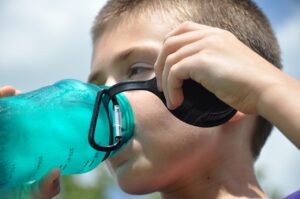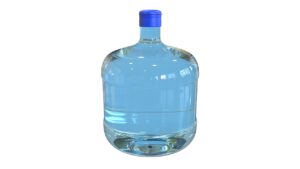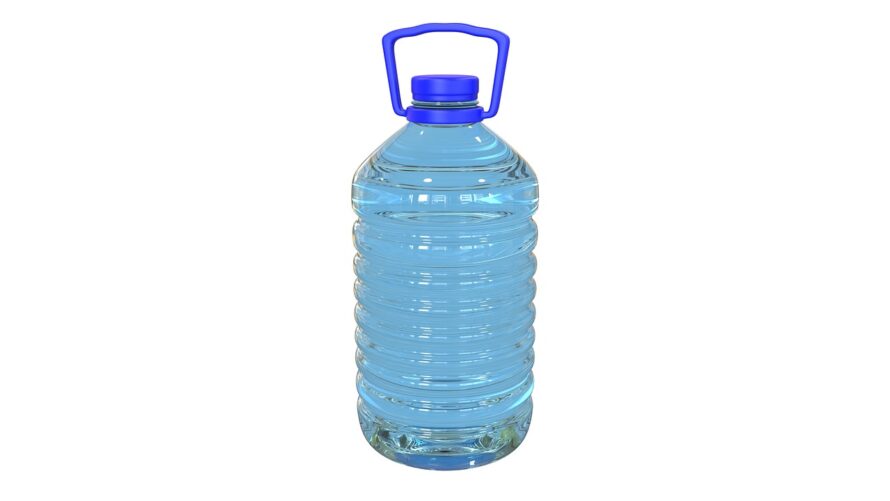Water Storage for Disaster Survival
As natural disasters and emergencies can happen anytime, it’s crucial to be prepared in advance. One of the essential items to stock up on for emergencies is water. But, simply hoarding water bottles won’t suffice. It’s important to store water supplies properly to ensure that it remains safe and clean for consumption.

In this post, we’ll discuss how to store water supplies for emergencies and what steps you need to follow to keep water safe for drinking.
1. Use Clean Containers
When storing water supplies, always make sure to use clean, airtight containers made specifically for water storage. Avoid using plastic jugs or containers that were previously used for storing other liquids as they might contain residues or bacteria that could contaminate the water.
2. Treat the Water
Treating water is essential to remove bacteria, viruses, and other impurities that are not visible to the naked eye. You can either boil the water or use water purification tablets. Boiling water is the most effective method, but it requires fuel and a heat source. You should boil water for at least one minute to kill all the germs.
3. Store Containers in a Cool, Dark Area
Water stored in plastic containers can become contaminated if exposed to sunlight, heat, or chemicals. Thus, it’s crucial to store them in a cool, dark area. This could be in a basement, pantry or closet.
4. Rotate Your Supplies
Stale water is not safe for drinking, which is why it’s essential to rotate your water supplies. Every six months or so, replace your stored water with fresh, clean water. This way, you can ensure that your emergency water supply is always safe for drinking.
5. Label Your Containers
Labeling your water containers helps you keep track of the date when the water was stored and when it should be replaced with fresh water. It also helps you identify where the source of the water came from, and whether it was treated or filtered.
Being prepared for an emergency involves various aspects, including storing water supplies safely. By following the steps outlined here, you can ensure that you always have access to safe drinking water in case of an emergency. Remember, the key is to store water in proper containers, ensure that it is treated and rotated regularly, and stored in a cool, dark area. Stay safe, and stay prepared.
Read More: Expert Tips on Storing and Conserving Food and Water for Emergencies

